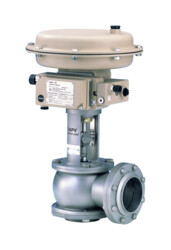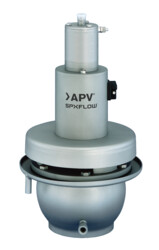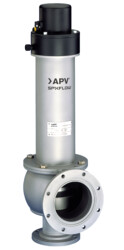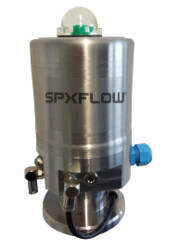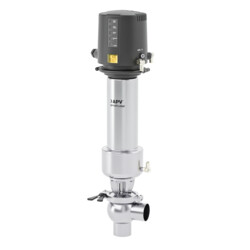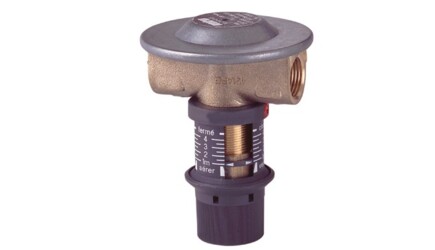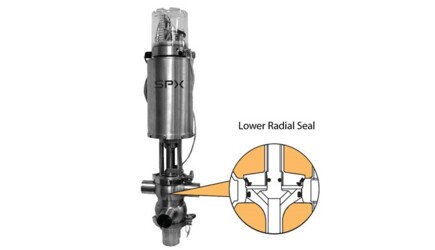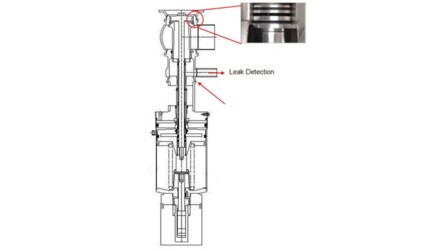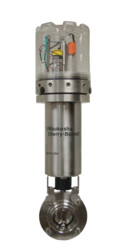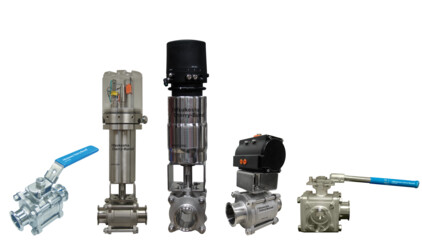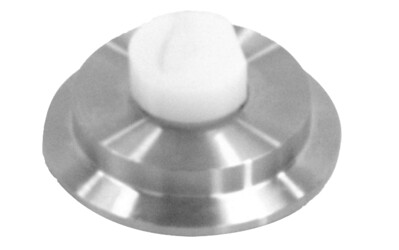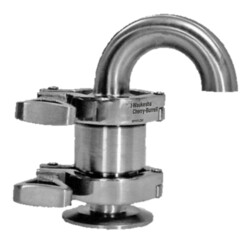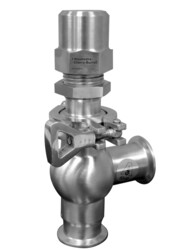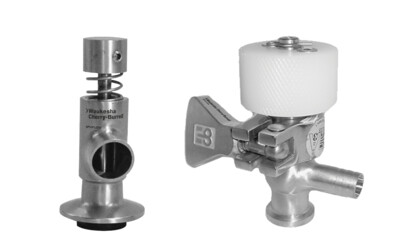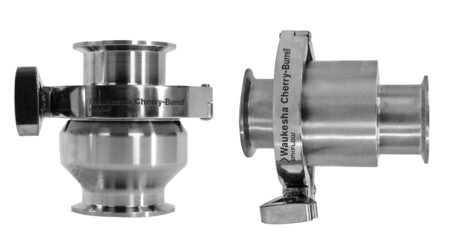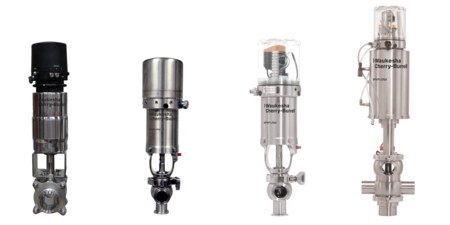Products
- Analyzers
- Automation Systems
- Butter Equipment
- Centrifuges
- Cleaning-in-Place Systems
- Deareators
- Draught Regulators
- Evaporators
- Fat Crystalization Equipment
- Filters & Strainers
- Fluid Bed Dryers
- Heat Exchangers
- Homogenizers
- Membrane Filtration Systems
- Microparticulation Systems
- Mixers & Agitators
- Pasturization Systems
- Pigging Systems
- Plumbing Products
- Pumps
- Recreational Marine Products
- Spin Flash Dryers
- Spray Dryers
- UHT Systems
- Valves
- Adhesives & Sealants
- Automotive Heating System
- Baby Food
- Bakery Filing Cream
- Beer, Cider, Wine & Spirits
- Biodiesel
- Boats & Watercraft
- Building Infrastructure
- Butter & Spreads
- Cement
- Cheese
- Chocolate
- Coffee & Tea
- Condiments, Sauces & Soups
- Cosmetics
- Dairy Powders
- Ethanol
- Flavors & Fragrances
- Fruit Juice
- Fuel Supply System
- Hair, Nail & Skin Care Products
- Ice Cream
- Inorganic Chemicals
- Margarine & Shortening
- Meat & Animal-Based Proteins
- Milk & Cream
- Nutraceuticals
- Oral Care
- Paints & Coatings
- Petrochemicals
- Pipelines
- Plant-Based Food & Beverages
- Plastic & Resins
- Refinery
- Soft Drinks
- Solvents & Solutions
- Specialty Chemicals
- Synthetic Rubber
- Yogurt
Service & Suport
Valves

OVERVIEW
Importance of Hygienic Valves in Industrial Applications
Our hygienic valves ensure the highest levels of cleanliness and hygiene in industries where these factors are critical to product quality and safety. By using hygienic valves, companies can reduce the risk of contamination and bacterial growth in their production processes, which can lead to improved product quality, reduced waste and increased productivity.
Hygienic valves are designed to be easy to clean and sanitize, which can save companies time and money in terms of maintenance and downtime. These valves are typically made of materials that are resistant to corrosion and can withstand harsh cleaning and sterilization processes, which means they are durable and long-lasting.
Hygienic valves can also help companies comply with strict regulations and standards related to cleanliness and hygiene. For example, the food and beverage industry is subject to strict regulations related to food safety and hygiene, and using hygienic valves can help companies ensure compliance with these regulations.
We offer a broad portfolio of hygienic valves including butterfly valves, double seal valves, double seat valves, mixproof valves,
SPARE / REPLACEMENT PARTS
Why Select Genuine Spare Parts for Your Hygienic Valve?
Because Downtime is the Enemy of Efficiency
Some valve replacement parts may seem attractive due to a low price, but only looking at the initial cost may leave you vulnerable to unforeseen costs later. There are reasons that alternative, “might fit” parts cost less, including the possible use of lower quality materials or by omitting important manufacturing steps, such as polishing or grinding. This could result in a part not lasting as long.
For some applications, this might not matter if the user does not mind making frequent replacements. But for hygienic valve applications such as in the food or pharmaceutical industries, polishing or grinding are critical to sanitary performance and cleanability. A lower quality finish on a part could increase the risk of bacterial growth and contamination of the final product.
Why Use Genuine Spare Spares in Your Hygienic Valve
If you install a third-party aftermarket valve part into your original valve, this will void your valve’s warranty. That’s because all our parts are engineered to work seamlessly within the process functions they were designed for. High precision means high efficiency. Even the tiniest bit of lag or play can impact your valve’s efficiency, become a potential safety hazard for your employees, or cause a process line to go down until a proper replacement part is ordered and installed.
How to Get Genuine Spare / Replacement Hygienic Valve Parts
Our global partner network means that the hygienic valve replacement parts you need to stay up and running are readily available. And in the event you require expert installation, our partners are fully trained and ready to help at a moment’s notice.
Why Genuine Spare / Replacement Hygienic Valve Parts Are Key
Safety is our top priority at SPX FLOW, which is why all our valve replacement parts endure rigorous testing and comply with legal requirements including 3-A and EHEDG standards. This commitment to safety translates to valve spare parts we stand behind. Can the same be said for third-party valve replacement parts?
No amount of downtime and certainly no potential safety hazard is worth saving a few bucks on a “might fit” part in the short term.
Don’t take unnecessary risk. Order genuine OEM hygienic valve replacement parts today, and rest assured you made the right decision.
PRODUCTS
HYGIENIC VALVE FAQS
A hygienic valve is a type of valve designed specifically for use in applications that require high levels of cleanliness and hygiene. These valves are commonly used in industries such as food and beverage, pharmaceuticals and biotechnology, where maintaining sterile conditions is essential. Hygienic valves are made from materials that are resistant to corrosion, easy to clean and free from contaminants that could contaminate the process fluids. They are designed with smooth surfaces, rounded edges and minimal crevices to prevent the buildup of bacteria and other microorganisms. Hygienic valves are also designed for easy disassembly and cleaning, often with quick-release mechanisms that allow the valve to be removed and cleaned without the need for special tools or expertise. This helps to minimize the risk of contamination and ensure the highest levels of hygiene and product quality.
A hygienic valve, also known as a sanitary valve, is a type of valve specifically designed for use in industries where hygiene and cleanliness are of utmost importance, such as the food and beverage, pharmaceutical and biotech industries. These valves are designed to prevent contamination and bacterial growth and they are typically made of materials that can be easily cleaned and sterilized. Hygienic valves are used to control the flow of liquids and gases in the production process and they are often used in applications where the product being handled is sensitive to contamination or requires a high degree of cleanliness. Some common types of hygienic valves include butterfly valves, ball valves, diaphragm valves and check valves. These valves may be manually operated or automated, and they may feature special features like self-draining capabilities, which allow for complete cleaning and sterilization of the valve.
There are several types of hygienic valves or sanitary valves that are commonly used in industries where cleanliness and hygiene are critical. Some of the most common types of hygienic valves include: Butterfly valves: These valves are used for regulating flow and are designed to be easy to clean and sanitize. They have a disk that rotates on a shaft and can be operated manually or automatically. Ball valves: These valves are used for shut-off applications and are designed to be easy to disassemble and clean. They feature a spherical ball with a hole through the center that can be rotated to control flow. Diaphragm valves: These valves use a flexible diaphragm to control flow and are commonly used in applications where sterile conditions are required. They are designed to be easy to clean and sanitize. Check valves: These valves allow flow in one direction only and are commonly used to prevent backflow and contamination. They are designed to be easy to disassemble and clean. Pressure relief valves: These valves are designed to protect systems from overpressure and are commonly used in applications where safety is critical. They are designed to be easy to disassemble and clean. Sampling valves: These valves are designed to take samples of liquids or gases from a process line without contaminating the process. They are designed to be easy to clean and sterilize. Overall, the type of hygienic valve used in a particular application will depend on the specific requirements of that application, including factors like flow rate, pressure, temperature, and the type of fluid being processed.

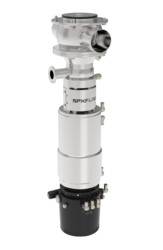

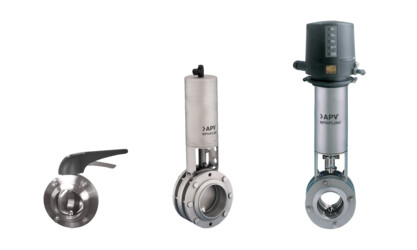
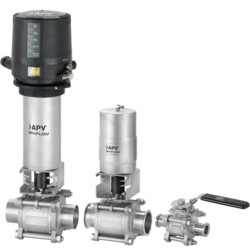


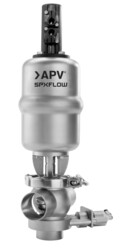



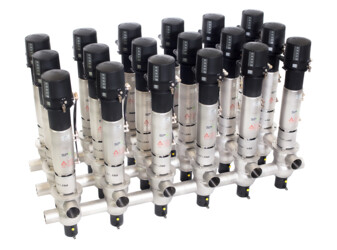
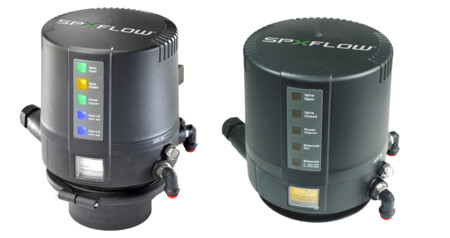


![[DISCONTINUED] DA3+ Series - Double Seat Mixproof Valves](https://www.spxflow.com/assets/three-column-block/apv-valves-double-seat-da3plus.jpg)



